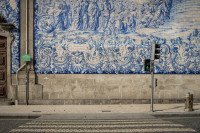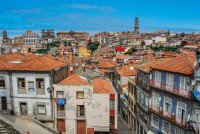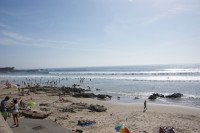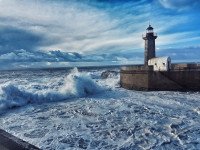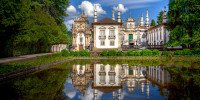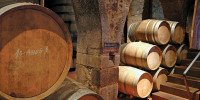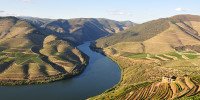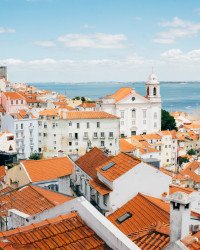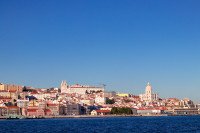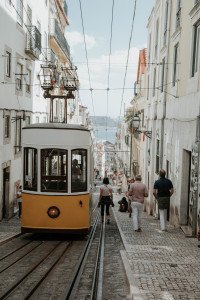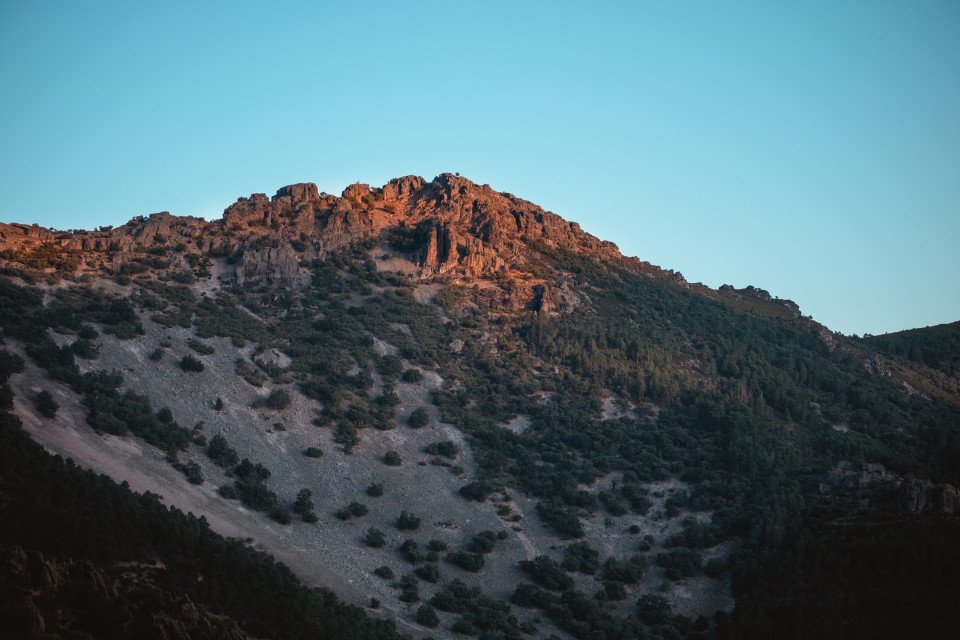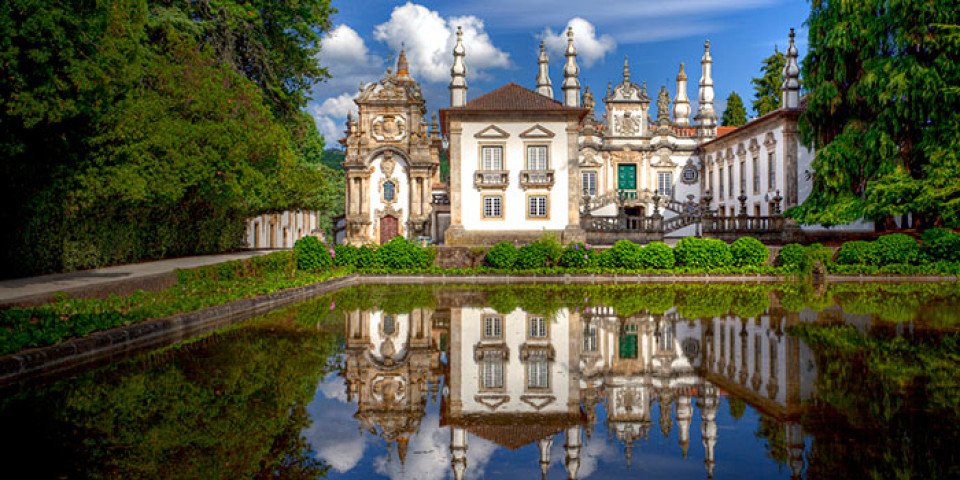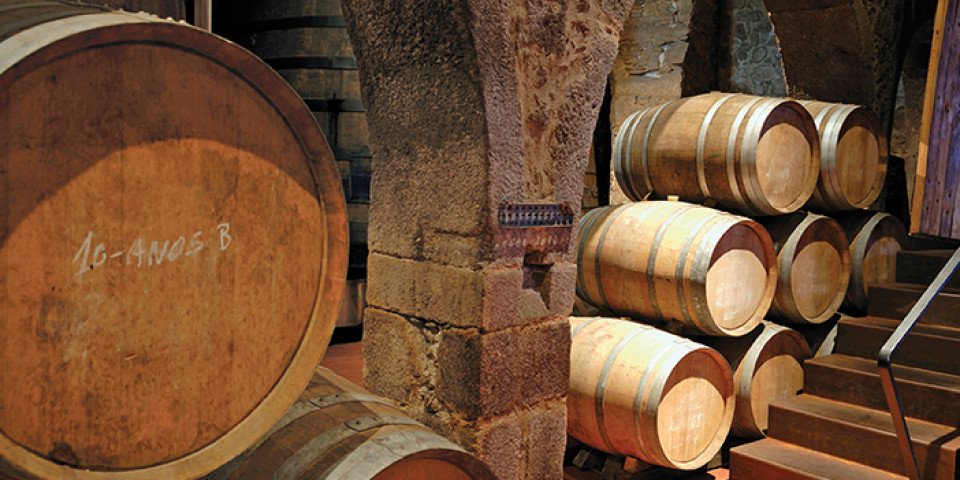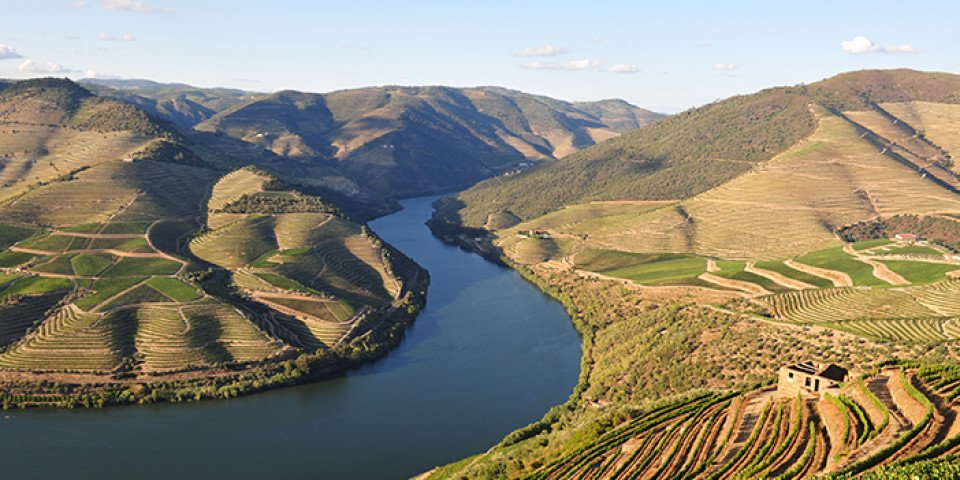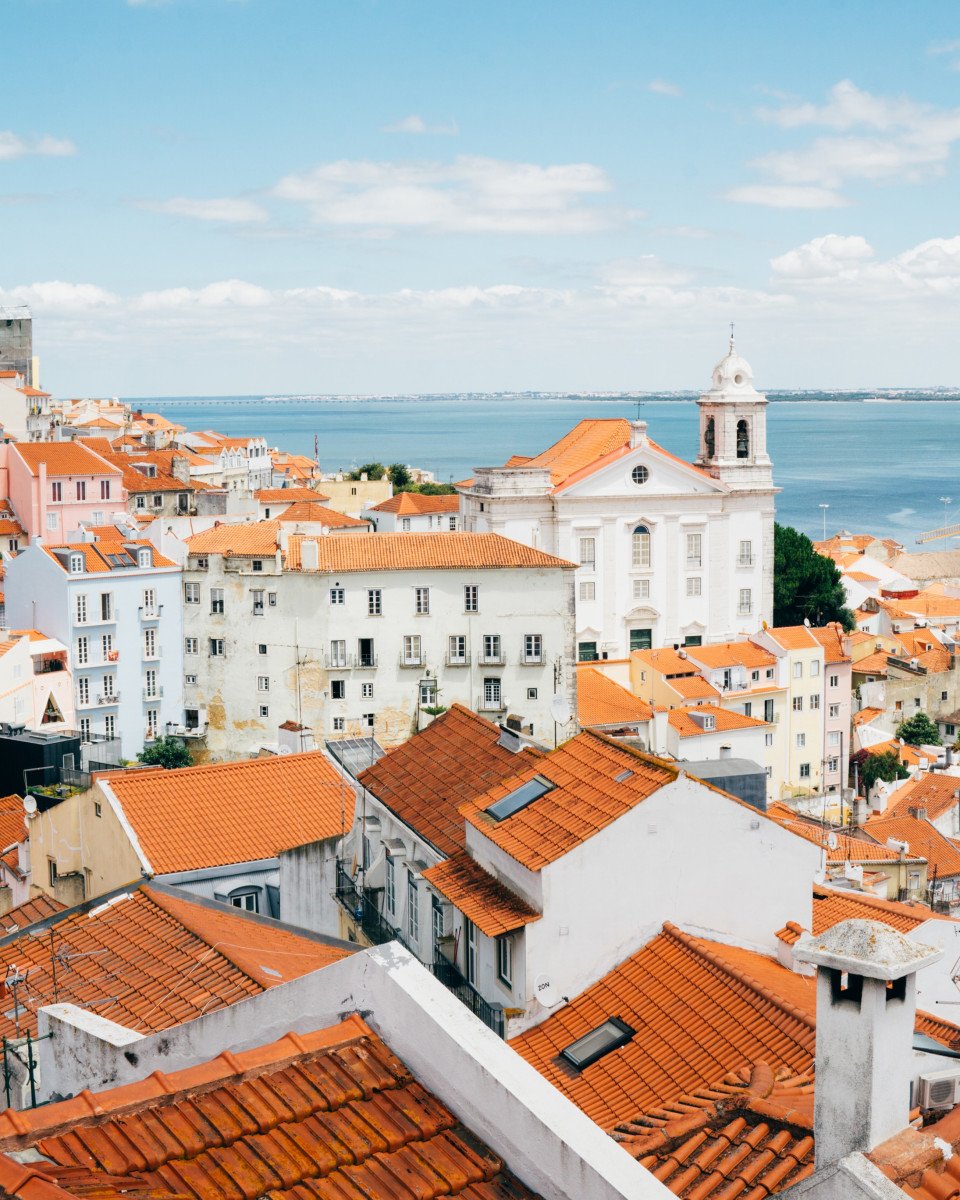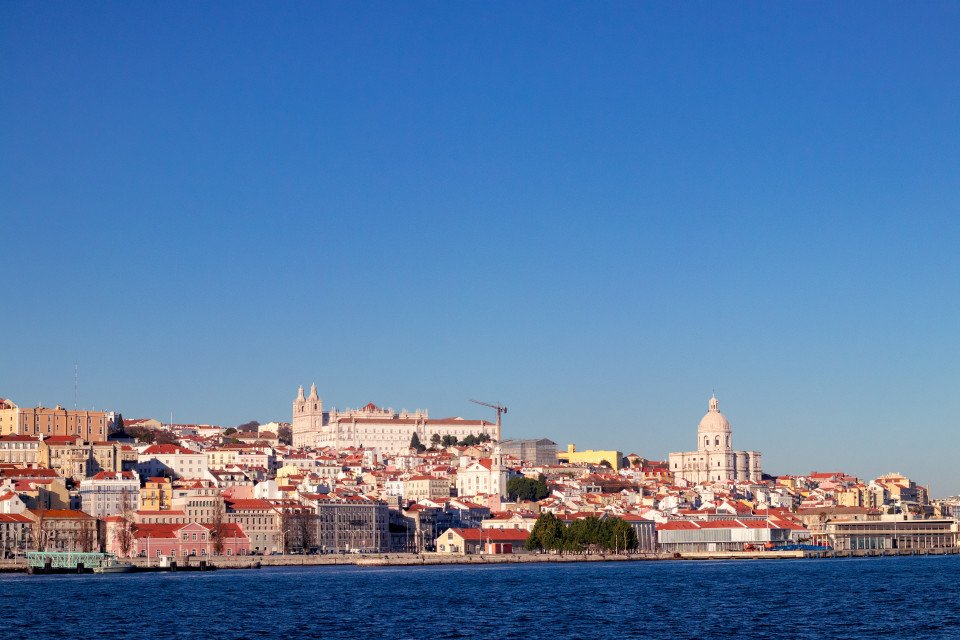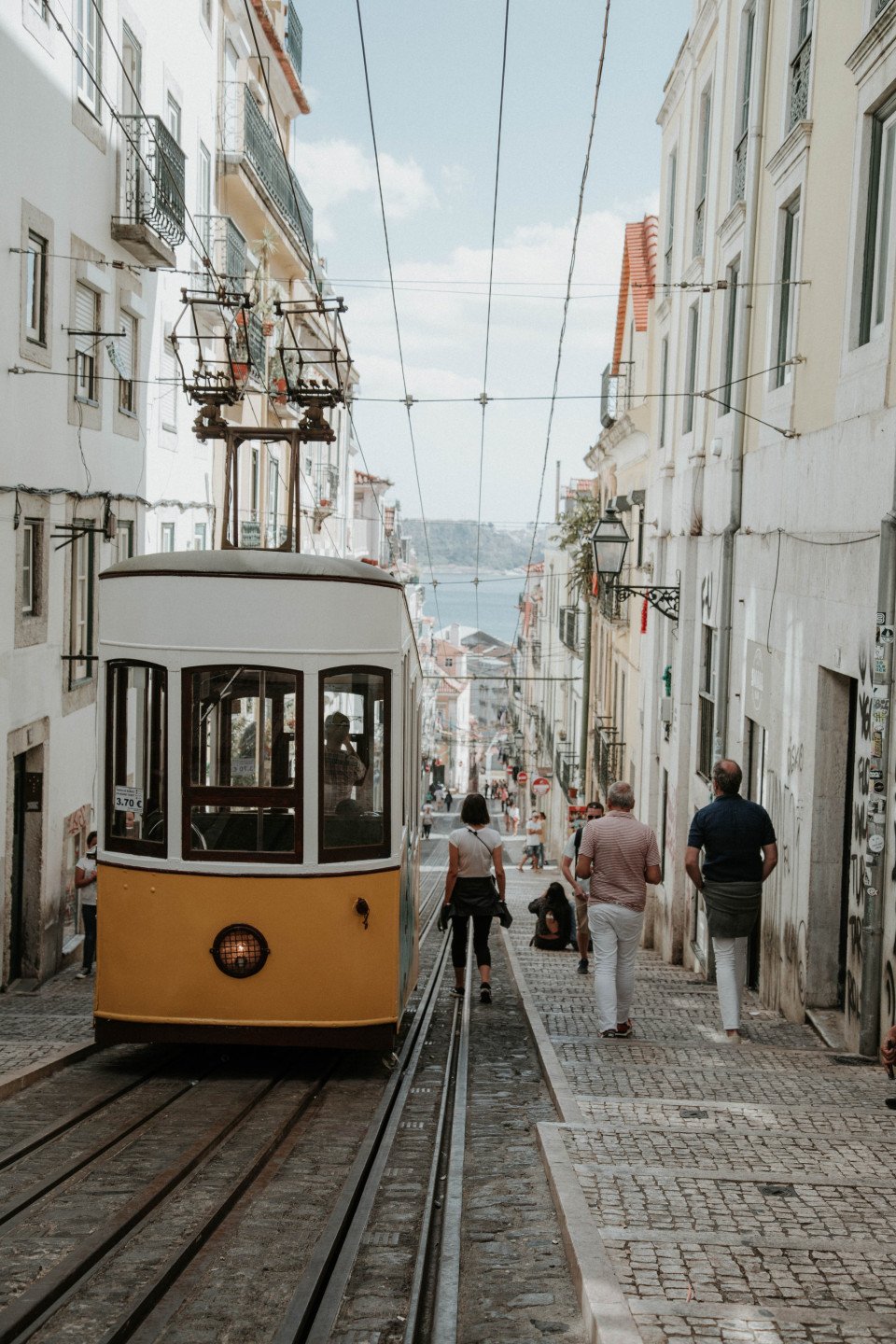(Prices correct as of today’s date, are updated daily, are subject to change and represent genuine availability at time of update).
Cruise only holidays are financially protected by ABTA. Fly cruise holidays are financially protected by Riviera Travel under ATOL number 3230
Please click here to check the essential travel requirements before booking this cruise.
Want to add a hotel stay or change your flights?
Just call our team of cruise specialists to help build your dream cruise holiday today!
Prices based on 2 people sharing. Cruise only price does not include flights. Fly-cruise price may vary by chosen UK airport.
Itinerary





Porto
Arrival in Porto - On arrival, we will transfer you to your five-star cruise ship in Porto. From the moment you board, the welcoming crew are at your service. In no time you’ll be settled into your luxurious, thoughtfully furnished accommodation and familiarising yourself with all the f ... Read More
Porto
Porto
Cruising the Douro River Portugal
Salamanca
Régua
Lamego
Porto
Coimbra
Lisbon
Lisbon
Lisbon
Explore MS Douro Elegance

Main Restaurant
Heading down to the Main (middle) Deck you will find the chic restaurant where your comfort is assured in high-backed chairs at impeccably laid tables with pristine linen cloths and fine cutlery. Tables seat just four to eight and in common with all our river cruises, we offer ‘open dining’ arrangements giving our clients the freedom to sit wherever and with whoever they wish. This is a dining experience of the highest order and one to be savoured!
Breakfast is a hot and cold buffet with a fine omelette station so your eggs are just how you like them – an early risers’ breakfast is also available in the lounge. Lunch is another deliciously fine array but if you fancy a simple salad instead then that’s available too or you may opt for a slightly more informal, lighter lunch either in the main lounge or up on the Sun Deck.
The culinary highlight of the day though is the superb four-course dinner, served at your table by the most highly trained, attentive yet discreet waiting staff who will attend to your every need without hesitation. Featuring the finest Portuguese, Mediterranean and International cuisine to delight your taste buds this will be a dining experience to remember as you enjoy a kaleidoscope of river views from the huge panoramic windows.

Excursions
We are a well-travelled collective - made up of our guests as well as our team. We'll admit it - we're obsessed with travel.
But that's not our only interest. We also love architecture, history, the arts, and gastronomy - everything that makes a culture unique. And we plan our itineraries to ensure we're catering to those interests. Perfecting every excursion to ensure you get the most out of your onshore adventures.
Most days are filled with full or half-day excursions. Whether that's a city tour, an introduction to a brand-new town or a more in-depth visit to a specific landmark or attraction. You'll see the very best of every destination. Not just the legendary locations, we'll uncover the top-secret local spots too.
World-famous landmarks
You'll get to experience some world-famous destinations in the company of our passionate local guides. Sites like the Benedictine Melk Abbey on the Danube, spectacular Pont du Gard on the Rhône, Keukenhof Gardens - the world's largest flower gardens - on the Dutch Waterways and Cologne with its cathedral, the largest Gothic church in Northern Europe.
A taste of your destination
Food has the uncanny ability to reveal the softer parts of the destination most tourists overlook. Recipes passed down through the generations slowly become ingrained within a culture, featuring fresh local produce and traditional cooking techniques. Our excursions often include delicious local produce perfected over centuries - sample cheese in Switzerland and chocolate in Germany (it's not a cruise for those watching their weight), wine tasting in the world-famous wine region of Burgundy and port in the port wine cellars of Porto.
For even more, why not choose one of our Gastronomy themed departures?
Authentic cultural experiences
Our river cruise itineraries deliver authentic and engaging moments to fully immerse you in the culture. You'll remember being seduced by the fiery passion of flamenco dancing after a cruise along the Douro. Hold on to that feeling of wonder you felt as you watch the glassblower creating the most beautiful vase out of a glowing mass. And tell the stories you heard during a Hungarian folklore show to your grandchildren at bedtime. The memory of these authentic cultural experiences will last a lifetime.



Sun Deck
Accessed by stairs from the Upper Deck, head on up to the magnificent and spacious Sun Deck from where you can enjoy the stunning 360 degree views as they glide past from the comfort of your sun lounger whilst sipping a long refreshing drink or chatting with your fellow companions. You might choose to enjoy a glimpse of the wizardry ‘on the bridge’ as the Captain skilfully negotiates the twisting river with reassuring ease. When the temperature rises you will feel the benefit of the fantastic outdoor swimming pool – a rarity on a river cruiser. For many though, just to lean against the ship’s rail and breathe in the invigorating river breeze whilst casting a relaxed eye over the fascinating scenes of life ashore or the wonderful river wildlife all around you, is what it’s all about; this is surely the perfect antidote to the stresses of modern life so let us take you on the cruise of your dreams!



Spa
If you feel like a little extra indulgence during your cruise why not book in for a special treatment in the ship’s Spa which is also accessed on the Main Deck.
Upper Deck

- Main Lounge & Bar
- Reception
- Shop
- Deluxe Suites
- Superior Suites
- Upper Deck Cabins
Middle Deck

- Restaurant
- Spa
- Stern Cabins
- Main Deck Cabins
Lower Deck

- Gymnasium
- Standard Lower Cabins Stern
- Standard Lower Cabins Single Occupancy
MS Douro Elegance Cabins & Suites




Standard Cabin - Middle Deck

Standard Cabin - Upper Deck


Deluxe Suites
Other dates available
17 Apr 2025
Riviera Travel
Douro, Porto and Salamanca River Cruise with Porto Extension - MS Douro Elegance
from £3778pp
03 Jul 2025
Riviera Travel
Douro, Porto and Salamanca River Cruise with Porto Extension - MS Douro Elegance
from £3228pp
21 Aug 2025
Riviera Travel
Douro, Porto and Salamanca River Cruise with Porto Extension - MS Douro Elegance
from £2928pp
11 Sep 2025
Riviera Travel
Douro, Porto and Salamanca River Cruise with Porto Extension - MS Douro Elegance
from £3678pp
18 Sep 2025
Riviera Travel
Douro, Porto and Salamanca River Cruise with Porto Extension - MS Douro Elegance
from £3678pp
02 Oct 2025
Riviera Travel
Douro, Porto and Salamanca River Cruise with Porto Extension - MS Douro Elegance
from £3228pp
23 Apr 2026
Riviera Travel
Douro, Porto and Salamanca River Cruise with Porto Extension - MS Douro Elegance
from £2878pp
07 May 2026
Riviera Travel
Douro, Porto and Salamanca River Cruise with Porto Extension - MS Douro Elegance
from £3078pp
11 Jun 2026
Riviera Travel
Douro, Porto and Salamanca River Cruise with Porto Extension - MS Douro Elegance
from £3228pp
25 Jun 2026
Riviera Travel
Douro, Porto and Salamanca River Cruise with Porto Extension - MS Douro Elegance
from £3178pp
16 Jul 2026
Riviera Travel
Douro, Porto and Salamanca River Cruise with Porto Extension - MS Douro Elegance
from £3028pp
23 Jul 2026
Riviera Travel
Douro, Porto and Salamanca River Cruise with Porto Extension - MS Douro Elegance
from £2778pp
20 Aug 2026
Riviera Travel
Douro, Porto and Salamanca River Cruise with Porto Extension - MS Douro Elegance
from £2878pp
10 Sep 2026
Riviera Travel
Douro, Porto and Salamanca River Cruise with Porto Extension - MS Douro Elegance
from £3378pp
24 Sep 2026
Riviera Travel
Douro, Porto and Salamanca River Cruise with Porto Extension - MS Douro Elegance
from £3328pp
08 Oct 2026
Riviera Travel
Douro, Porto and Salamanca River Cruise with Porto Extension - MS Douro Elegance
from £3028pp
Our Award Winning Service
-large_thumb.jpg)
Best Workplaces in Travel 2024

Best Company Top 100

Best Cruise Online Agent 2019

Best Cruise Online Agent 2021

TTG Top 50 Ocean Cruise Agency 2019

TTG Top 50 Ocean Cruise Agency 2022

Best Online Travel Agency 2022

Large Cruise Agency of the Year 2023
Our Award Winning Service
-large_thumb.jpg)
Best Workplaces in Travel 2024

Best Company Top 100

Best Cruise Online Agent 2019

Best Cruise Online Agent 2021

TTG Top 50 Ocean Cruise Agency 2019

TTG Top 50 Ocean Cruise Agency 2022

Best Online Travel Agency 2022



